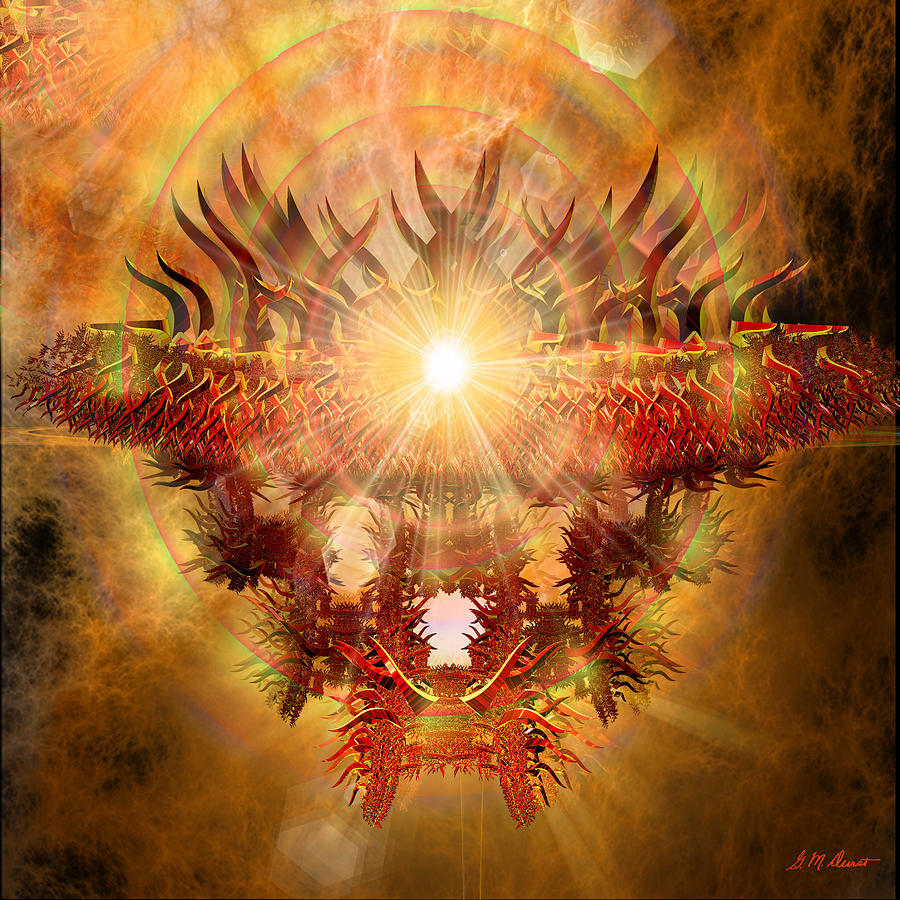
It is also to show respect toward the reputation for the company they work for. Because of this, the Japanese, to a certain degree, will follow this concept to ‘save face’, not only for themselves but for the people they love, like their family. In other words, taking the needs and wants of the group as a whole instead of in the form of individual’s needs. The Japanese would say that this method is what keeps their society working together in what we would call a collectivist culture. It is an understanding that in order for society to work harmoniously, everyone should do what they’re expected to do, address certain people a certain way to show loving care and respect towards others and vice versa. It isn’t seen as oppressive or degrading. Even the way they address each other is framed from the level of importance that person is put within their hierarchical structure. The Japanese still implement this idea within their homes, their schools and their businesses. Each individual knew their place within society and did exactly what was expected of them. This concept of harmony was created around 600 BC within a hierarchical structured government. Harmony translated into Japanese is wa (wa-h) 和. Even though the implementation of various religious beliefs is seen in Japan today, the practice of Shinto is still strongly predominant. It is believed that respecting nature promotes healthier crops and can even promote better health and fertility within the surrounding population. When nature is shown the respect it deserves, people thrive better. They see that every living thing has a spirit and therefore should be shown respect. In order to get along and maintain balance within society, the Japanese developed successful cultural schemes in order to live in harmony amongst themselves.Ĭoexisting in harmony with nature is known as Shinto. There was not much exposure to the outside influences. Visit New Harmony and you’ll find yourself coming back to experience utopia for many years to come.To look back, Japan was an isolated group of people for hundreds of years.
#Harmony in art full
New Harmony is full of life, offering all sorts of activities from one of a kind eateries, specialty shops, antiques, festivals, art, nature and history. Utopia hasnt’ ceased to exist even today in this captivating little Southern Indiana town. She created serenity with Tillich Park, Church Park and the Cathedral Labyrinth and has left behind a legacy all her own. During her tine in New Harmony she brought modern architecture to the town, such as the Roofless Church, the Atheneum and many public art pieces. The third utopia can be attributed to Jane Blaffer Owen (1915-2010). Although their utopian vision eventually dissolved, the creative efforts of the Owen/Maclure period are still evident today. Years after Say’s death, his firefly became Indiana’s official state insect on March 23, 2018. They brought the “Boatload of Knowledge” to New Harmony, navigating here with many scientists and educators including Entomologist and Conchologist Thomas Say.



Robert Owen, a Welsh-born industrialist and social reformer, and William Maclure, an educator and the Father of American Geology, purchased the town from Father Rapp in 1825 and the second utopia was to be a new moral world based on equal education and equal social status. The Harmonists applied their shared work ethic to achieve uncommon economic success, but in 1824 moved back to Pennsylvania and built their third town called Economy. The daily production of whiskey was about 32 gallons and 500 gallons of beer were brewed every other day. Because beverages were in demand in neighboring and river towns, wine, whiskey and beer were produced in large quantities. They produced quality products including textiles, rope, barrels, tin ware, leather goods, candles, bricks and much more using the latest machinery and technology available. This millennial society, waiting for Christ to come, build 180 buildings in the 10 years they were here and many are still standing today. Its members were Separatists from the German Lutheran Church. The Harmonists called the town their “neu Harmonie” having left their initial American home in Harmonie Pennsylvania. Johann Georg Rapp and his Harmonie Society founded Harmonie on the Wabash in 1814.


 0 kommentar(er)
0 kommentar(er)
